polyethylene raw materials manufacturers
Polyethylene raw material manufacturers exist in many countries, but some work more efficiently and produce higher quality pipes.
If they have access to specific resources, they can use raw materials for their country or they can make raw materials available for sale to other countries.
Most of the raw polyethylene pipes and the potential advantages of the joints indicate the quality of the raw materials used in their manufacture.
If the material is varied and meets certain conditions, the final product may have these benefits and more.
For a quick review of PE pipes and fittings and their viability in high level construction projects, see the following images.
It was produced during World War I and World War II, the chemistry of macromolecules (polymers) for the first time, and received by severe critical comments.
Today, however, those who support this knowledge and have attained its glorious success are remembered for their ministry. Due to this technological advancement, organic chemists may already produce a wide range of polymers.
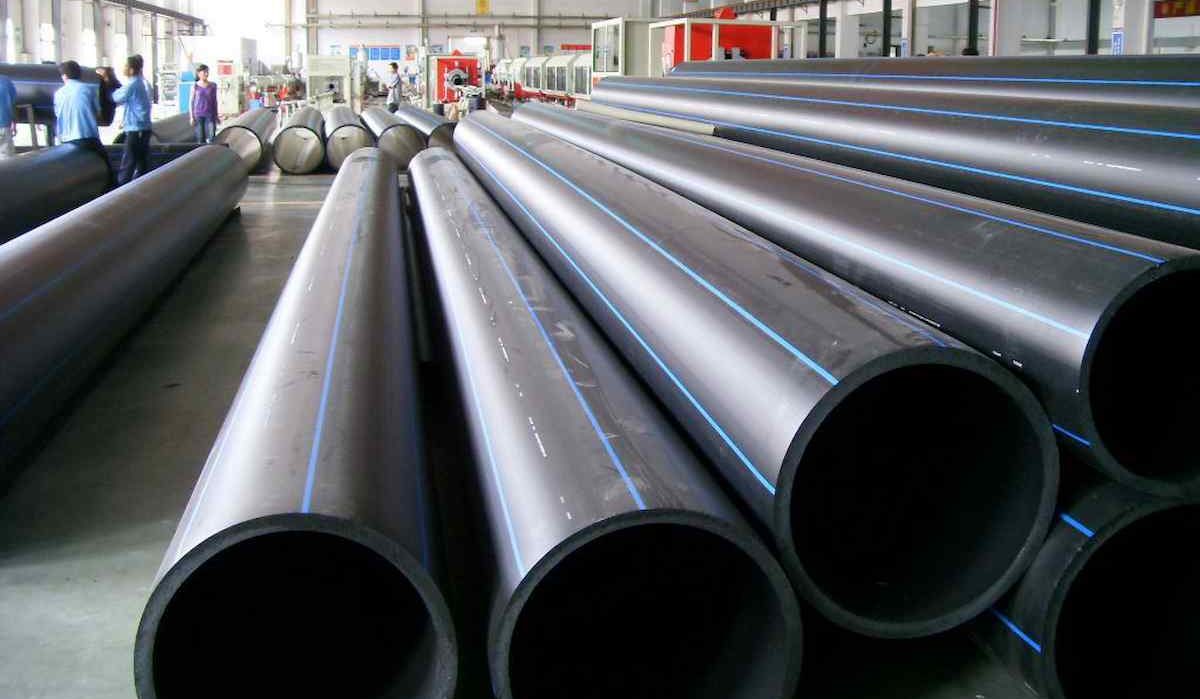
Most petrochemical compounds are made of ethylene (ethylene) using the H۲C=CH۲ formula, which is the most common petrochemical component.
Ethylene, the lightest olefins, is a colorless, flammable gas with an air-conditioned odor and a special gravity. The chemical building is polyethylene.
The highest diversity in polyethylene stems from the fact that its composition may change at the branch surface. When a solid has branches or defects, it is less likely to crystallize.
The common method for the production of polyethylene resin is due to their versatility in terms of physical quality.
The polyethylene pipe is initially made of high density polyethylene and then polyethylene terephthalate/ polyethylene.
Pipeline polyethylene is often used to transport liquids, including water, natural gas, oil and sewage from cities and factories.
To provide a high quality final result, the extruder used to make polyethylene pipes should have the highest capacity.
The raw materials used must be new and no cheating, except masterbatch needed in the pipe.
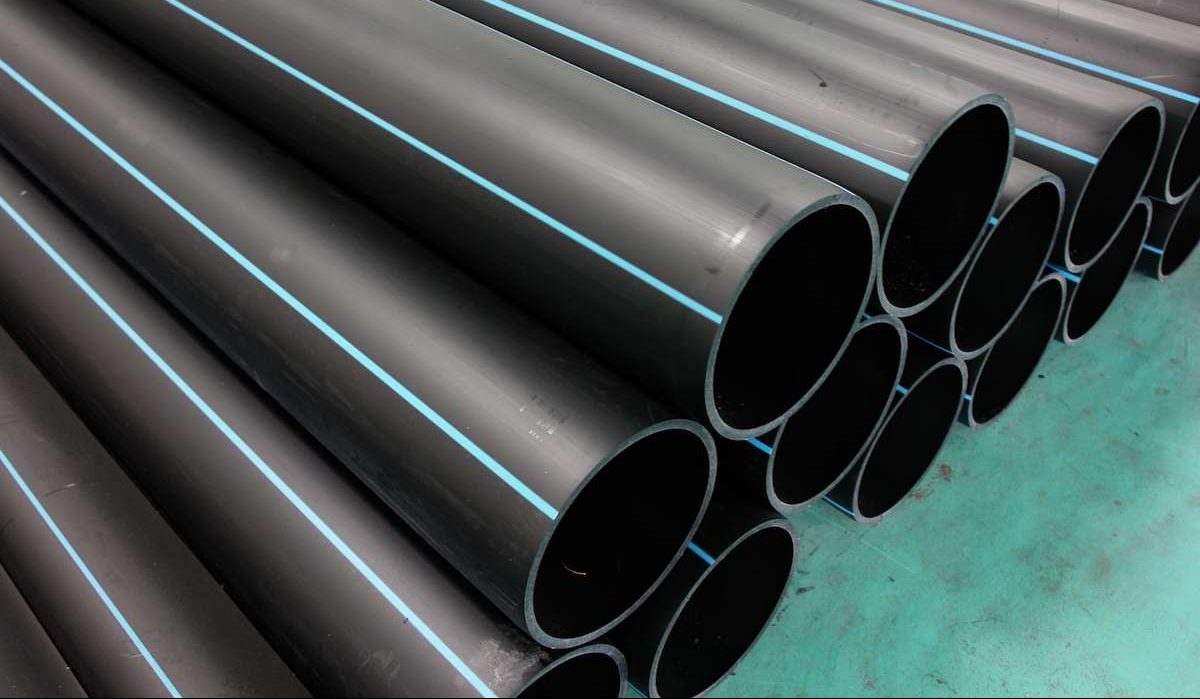
Polyethylene material produced in a safe and regulated manner is less likely to oxidize and catch fire.
Polyethylene pipes are benefitting from this improvement in their durability and strength.
Polyethylene pipes should be kept in all stages of production in order to prevent reducing the tensile strength of the tube in the places where heavy soot is collected.
Pipes made of polyethylene must be produced continuously with a uniform wall thickness and a perfect spherical shape without any climbing property.
In addition to the length of 6 m, 9 m and 12 m, polyethylene pipes are also available in 125 m in 100 m coils.
What are the factors of polyethylene pipe material causing soot in PE pipe? UV light is very damaging to polyethylene.
Chemical degradation by means of numerous mechanisms in the structure of polyethylene pipes and other plastics, which have been exposed to ultraviolet light during the time, will result in a reduction in their mechanical properties.
As a result, the lifespan of the product will be short. Polyethylene pipes are destroyed by sunlight and other light sources because they are not designed to withstand extraordinary radiation.
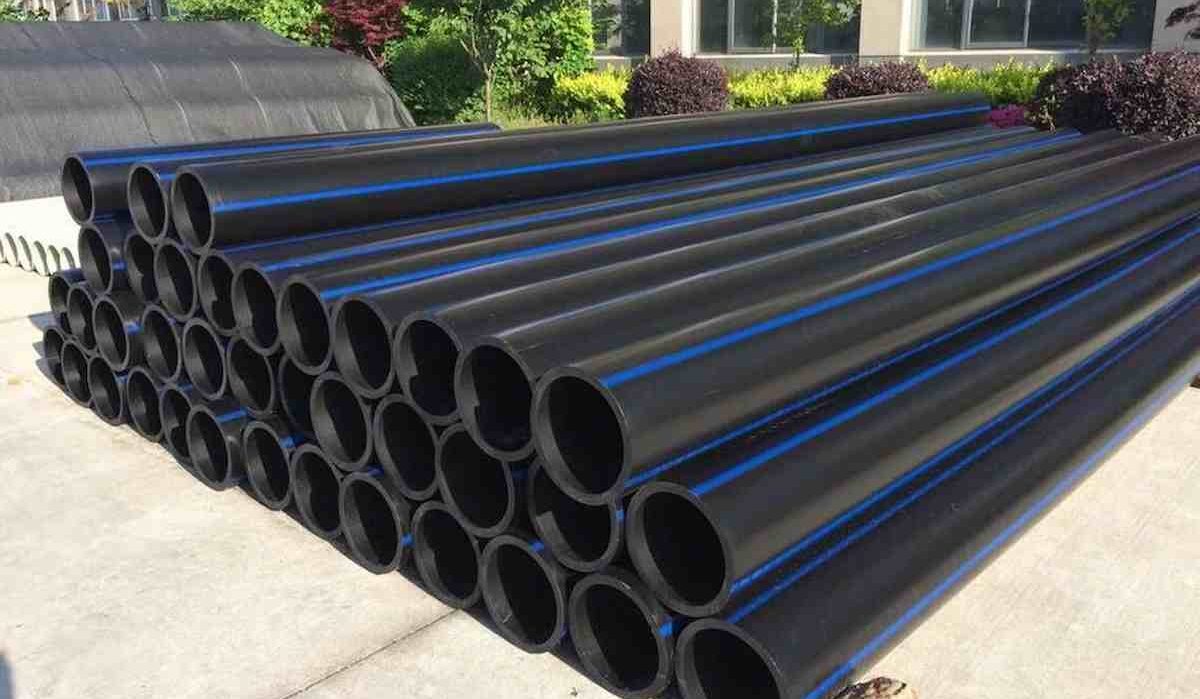
Adding pigments to the required polyethylene may make it more resistant to UV radiation.
It is possible that pigments will absorb radiation and block it from penetrating material. From the spectrum of black, white, blue and green pigments, carbon black is the most efficient pigments against UV radiation.
Therefore, soot type anti-light curtains were prepared as a cheap and anti-UV method to reduce the effect of this radiation.
For this to work, you need at least 2% of the soot to be evenly distributed in the tube. If it is less than 2%, it does not have an anti-screen effect, and if it is more than 3%, it affects the durability and strength of the product.
Due to the physical nature of this mixing surface, the resulting mixture is not always uniform and some regions may have more or less soot than the allowable value.
The only way to ensure the highest quality is to use the material. To ensure that all cross sections of the tube had the same conditions, a black primer (anti-UV added) was used.
One of the reliable characteristics that is mentioned in the national standards of Iran and Germany is that this coefficient is used to assess the accuracy of the detection of possible risks.
In other words, a 1.25 confidence factor shows that the actual pressure in the tube can withstand 25% more than the specified pressure.
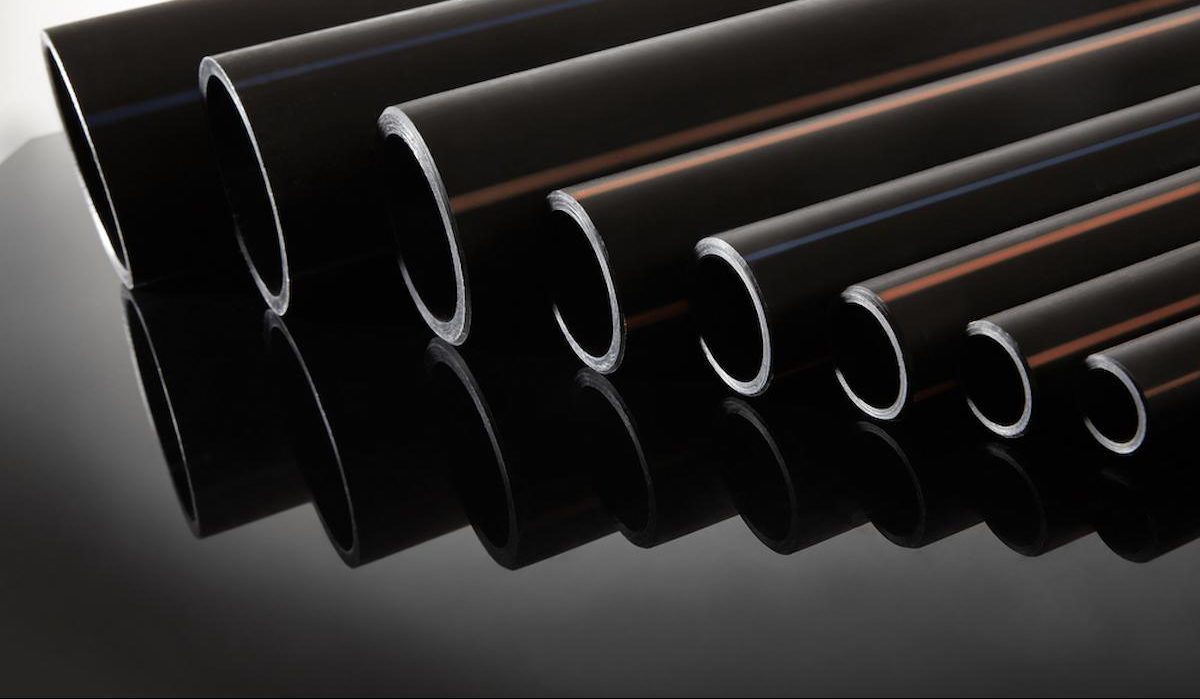
However, this coefficient provides guidance on how to proceed if problems are created during production, transportation, loading or housing. The coefficient range is 1.25-1.6-2, determined by standard.
Coefficient 1.25 is often used, but higher coefficients of 1.6 and 2 are used in emergency situations and in critical infrastructure such as fire lines and high highways.
It is important to remember that the thickness and weight of the tubes vary with different coefficients and that these factors depend on them from beginning to end (i.e. during the planning, negotiation, production, inspection and installation stages).
Perform analysis to determine how much soot is placed in the polymer. Among the many chemicals used to reinforce substances against the elements, carbon black is very effective in preventing ultraviolet radiation.
Soot is destroyed by a pyrolysis process and electric furnace.
The carbon content in the polyethylene tube is limited to 0.25% to 2.5% by weight, and should be uniform throughout the tube. The accumulation of carbon in excess of the regulation causes stress on the tube, which results in the brittle of the tube. The accumulation of carbon below the legal limit reduces the tube resistance to ultraviolet radiation.
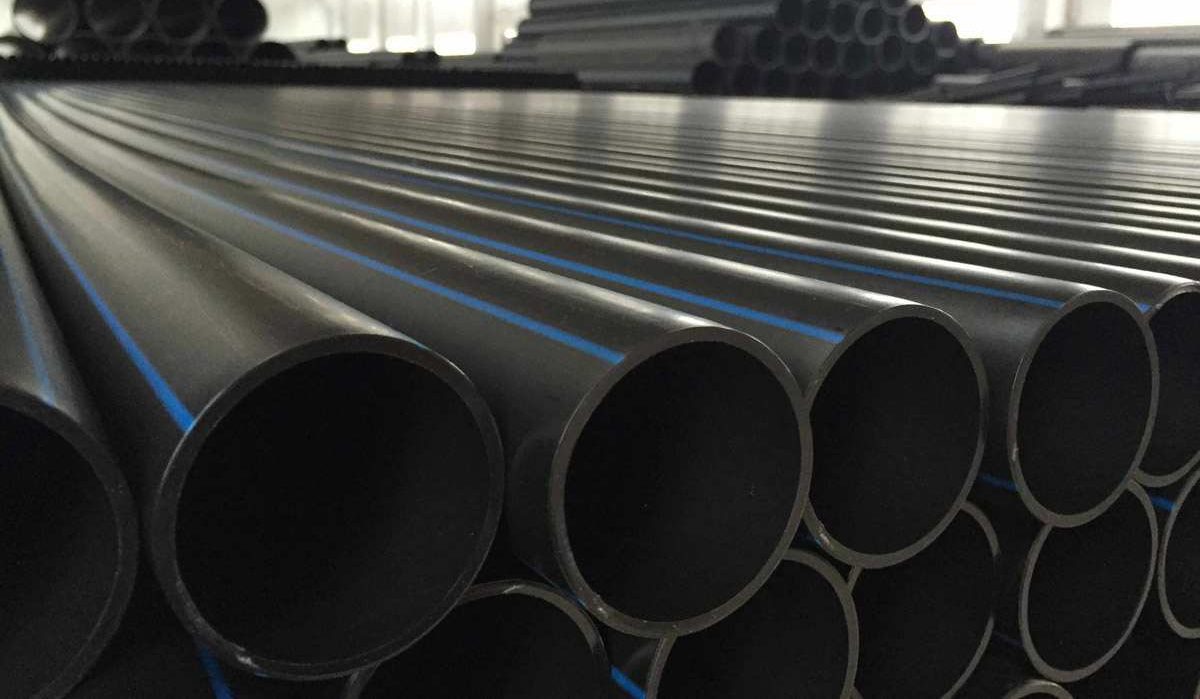
This technique involves measuring the soot produced during the degradation of the sample in the furnace heated to between 500 to 600 °C in the presence of nitrogen gas.
Ash (additive value) is calculated by burning the amount of carbon that remains after the action of oxygen. This is done at 850 degrees Celsius.
The concentration of soot particles in three levels of polyethylene, polypropylene, and polybutylene can be determined by using the proposed method.
This method is not recommended for plastics that have been treated with monomers or other polar monomers because they may interfere with the test. This technique cannot be used for materials containing non-volatile colors or fillers (excluding smoke). Machines for making polyethylene pipe and fittings in a factory.

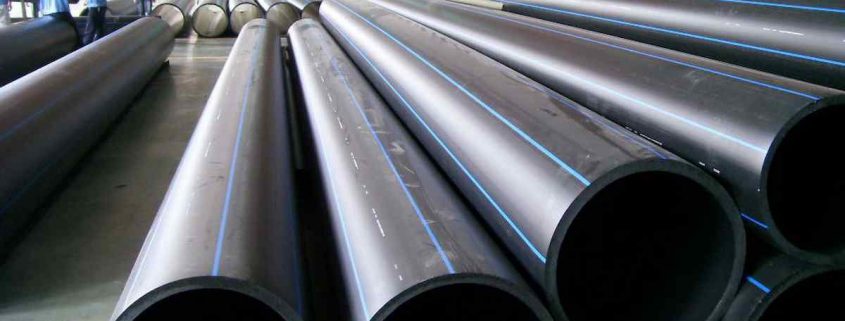


Leave a Reply
Want to join the discussion?Feel free to contribute!